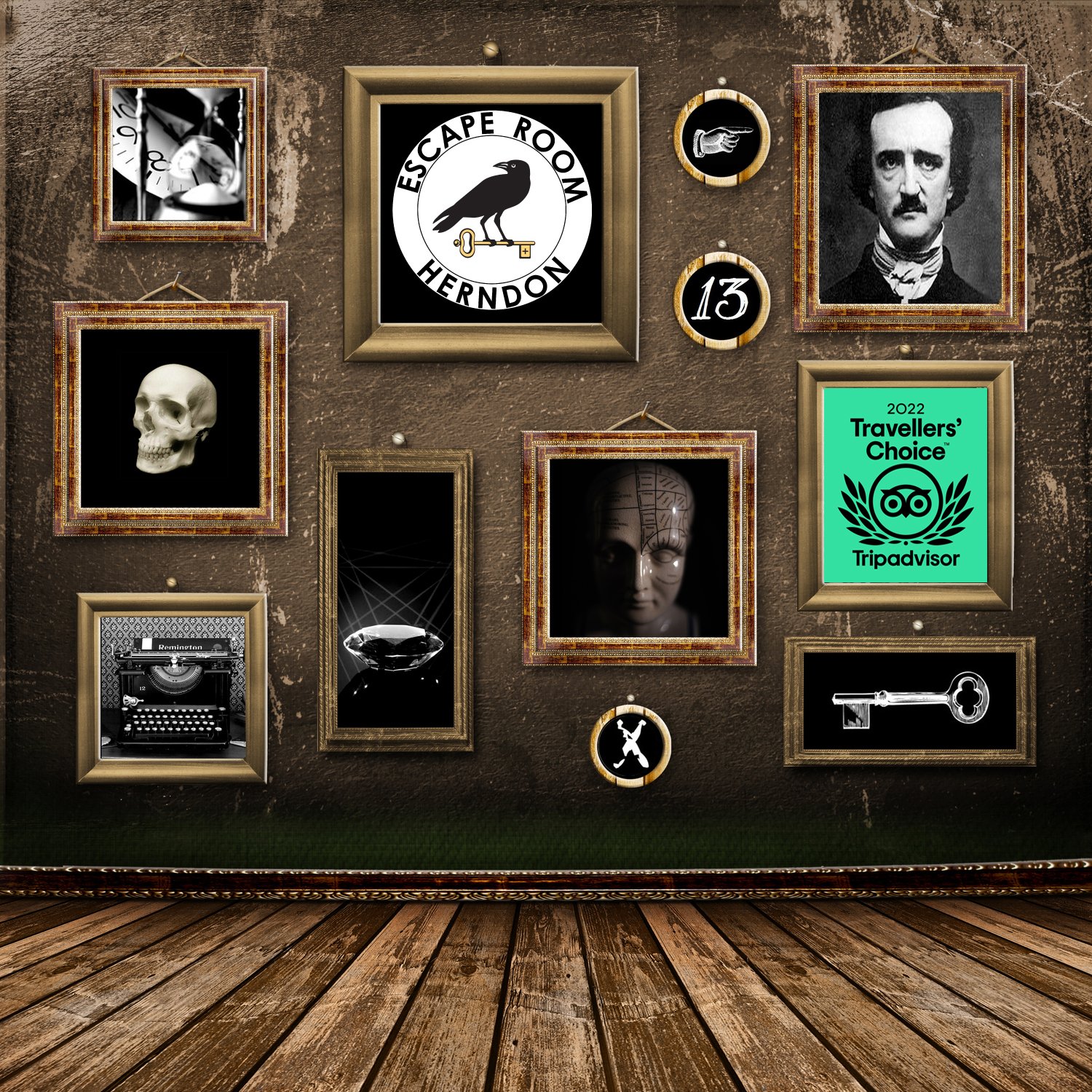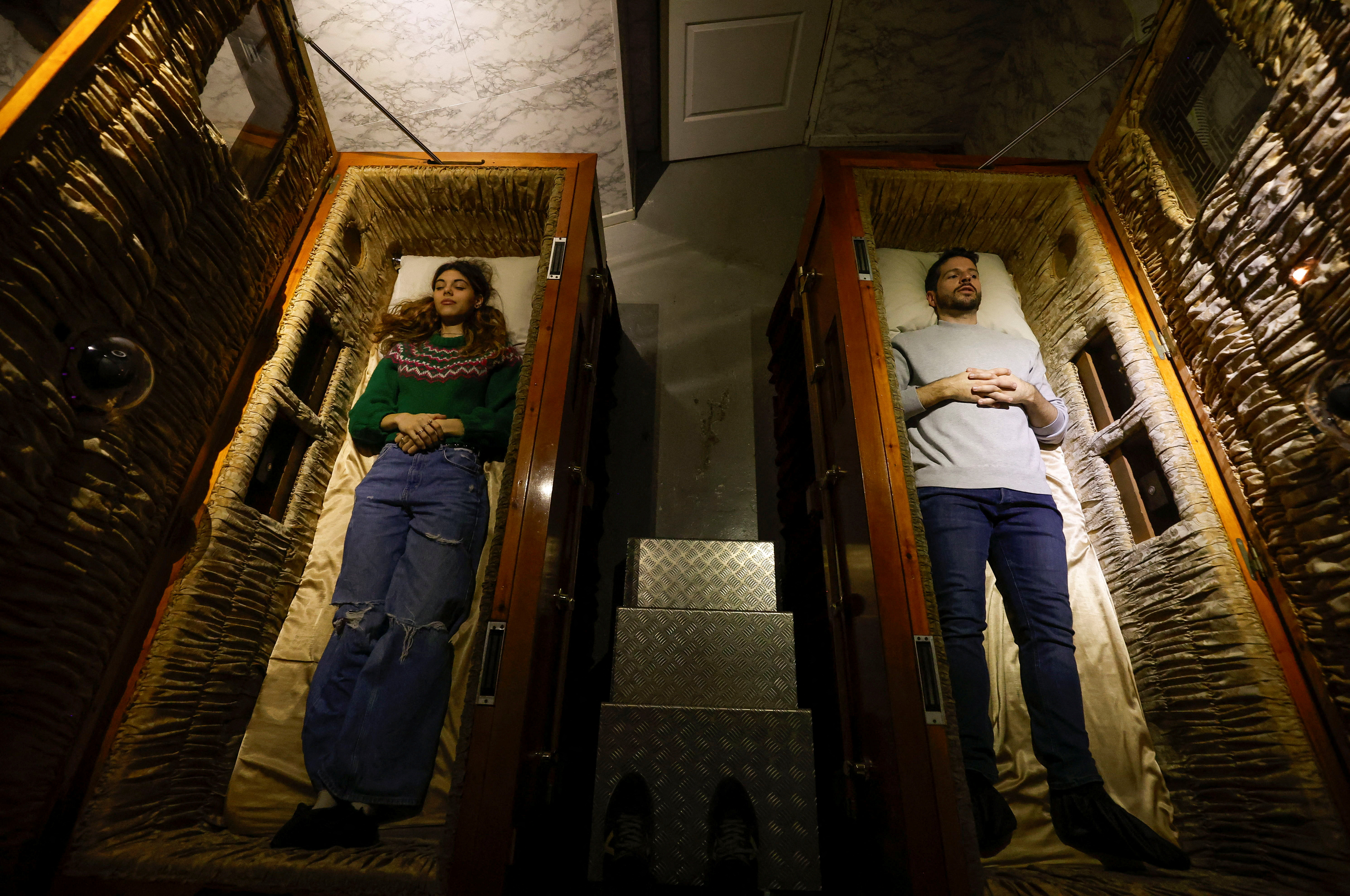Delighting Escape Room in Minneapolis Mall of America-- Reserve Currently
Group Methods: Just How to Collaborate Successfully in an Escape Area
Navigating the complexities of an escape room necessitates greater than simple enthusiasm; it needs a well-coordinated technique grounded in clear interaction, critical function projects, and adept time administration. Teams must actively pay attention to every member's insights, assign duties that align with private toughness, and keep routine check-ins to make sure focus and protect against redundancy. By promoting a setting that values communication and flexibility, groups can substantially heighten their efficiency and success prices. The nuances of these methods can change the experience, however just how precisely can they be implemented to make the most of the possibility for success?
Establish Clear Interaction

To facilitate clear communication, it is necessary to assign a main point of get in touch with for details dissemination. This function involves summarizing searchings for and recommended methods to ensure every person stays on the exact same web page. Furthermore, taking on a systematic approach to conversations can prevent disorderly exchanges. Quick, focused updates from each group member can maintain the team notified without frustrating them with details - best escape room.

Designate Duties Purposefully
While clear interaction establishes the structure for effective team effort, designating roles strategically ensures that each employee's toughness are used efficiently. In an escape area situation, the time-sensitive and complicated nature of challenges requires a well-organized method to task delegation. By determining and leveraging private expertises, groups can enhance their analytical capabilities and boost general efficiency.
Somebody with a keen eye for detail could excel in discovering hidden things, while a logical thinker might be much better fit to solving problems. This role commonly needs solid organizational and interpersonal skills.
Second, guarantee that roles are adaptable and adaptable. As new challenges emerge, the group should have the ability to pivot, reallocating jobs as needed. This flexibility helps preserve energy and avoids bottlenecks that could occur due to inflexible role jobs.
Eventually, a critical strategy to role job not only optimizes the toughness of each team participant but also promotes a natural setting, driving the group towards an effective escape.
Utilize Diverse Abilities
Recognizing and harnessing the varied skills within your team can substantially raise your performance in an escape area. Each employee brings distinct staminas to the table, and properly leveraging these capabilities can expedite analytical and find more improve overall effectiveness. For instance, an employee with solid analytical abilities may stand out at figuring out complicated codes or patterns, while another with keen empirical abilities may promptly identify hidden hints that others may forget.
Efficient communication is vital to using these varied skills. Encourage team members to articulate their insights and concepts without delay, making sure that all prospective solutions are thought about. This comprehensive approach promotes a vibrant atmosphere where creative thinking and vital thinking can flourish. Furthermore, appointing tasks that align with each participant's staminas can prevent traffic jams and make certain that progression is continuous.
Additionally, diversity in skills commonly translates to diversity in thinking designs, which is invaluable in an escape room setup. While some difficulties might call for logical thinking and precision, others could benefit from imaginative and association of ideas. By acknowledging and leveraging this diversity, teams can attend to a wider variety of difficulties a lot more efficiently, thereby raising their chances of a successful getaway.
Manage Time Properly

First, assign preliminary minutes for a fast survey of the area. Identify visible puzzles and separate jobs based on employee' strengths, making sure that nobody is idle. Set internal time checkpoints to review progress regularly; for circumstances, goal to have half the puzzles fixed by the mid-point of the game. This practice can help maintain the group focused and avoid time from escaping unnoticed.
Additionally, avoid Extra resources one-track mind. If a challenge is taking also long, turn employee or proceed to another difficulty, returning later on with fresh perspectives. Interaction is critical-- maintain every person updated on resolved challenges and remaining jobs to avoid redundant efforts.
Last but not least, make use of any tips or hints sparingly but tactically - best escape room. Knowing when to request help can save beneficial time. By adhering to these time monitoring concepts, teams can dramatically boost their possibilities of a successful and satisfying getaway room experience
Debrief and Reflect
Representation is an important element of group advancement and renovation in the context of escape spaces. As soon as the difficulty is completed, whether efficiently or otherwise, it is important for the group to participate in a structured additional hints debriefing session. This procedure allows staff member to analyze their efficiency, identify toughness, and pinpoint locations for improvement.
Start the debrief by discussing what worked out. Highlight certain circumstances of effective communication, analytical, and cooperation. Recognizing these positive behaviors strengthens them and motivates their repeating in future difficulties.
Next, attend to the barriers encountered. Go over minutes of complication, miscommunication, or inadequate techniques. Urge an open and constructive dialogue where group members can share their point of views without anxiety of objection. This promotes a culture of continual enhancement and knowing.
Conclusion
In conclusion, successful cooperation in a retreat area is based upon clear communication, critical role projects, the effective application of diverse abilities, and competent time monitoring. By producing a cohesive and flexible team environment, the possibility of efficiently solving puzzles and attaining the goal of leaving the area is considerably boosted.